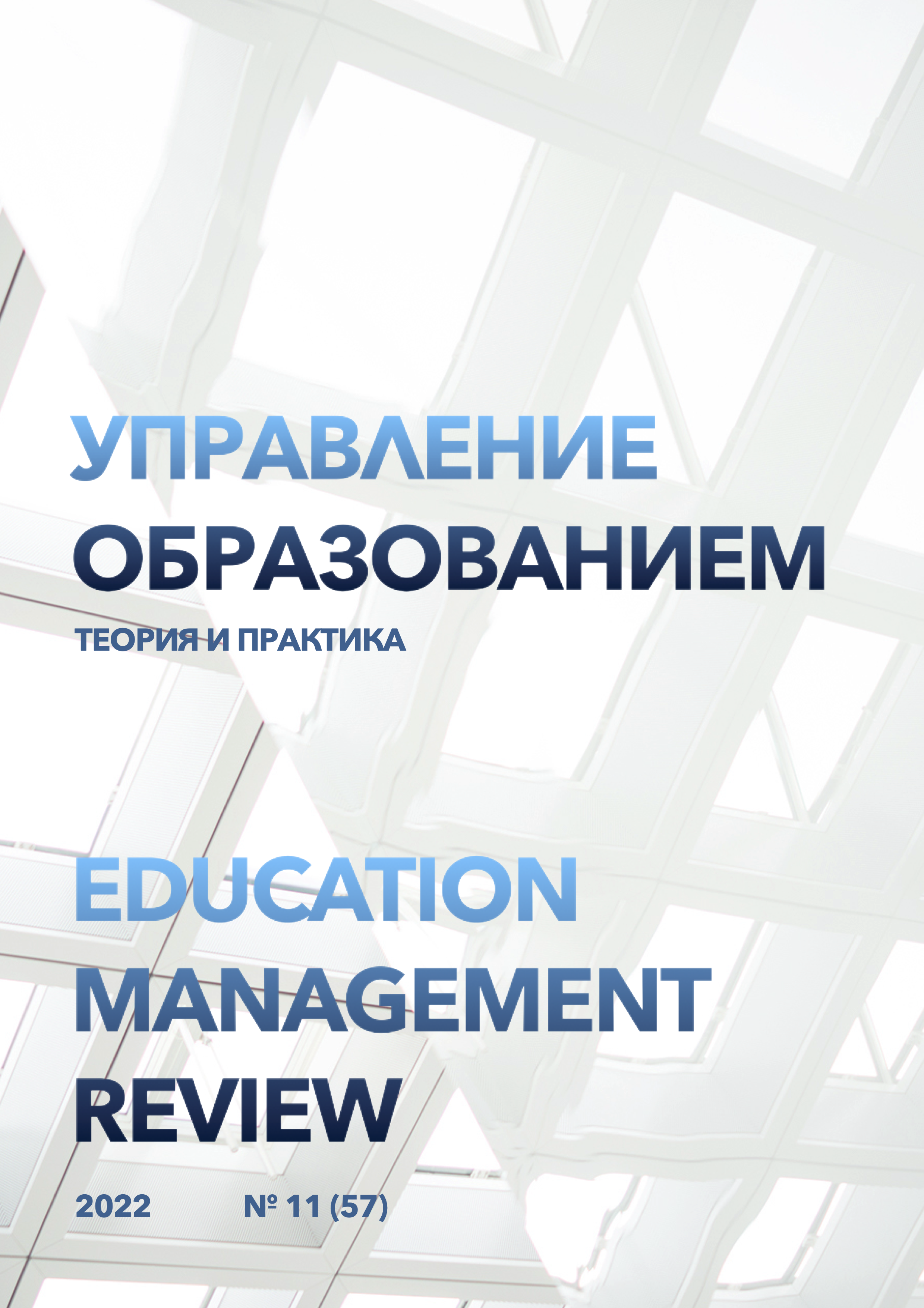Teaching students of non-linguistic specialties a foreign language in a mixed learning environment
DOI:
https://doi.org/10.25726/c7510-9328-4426-aKeywords:
blended learning, distance learning, classroom learning, educational and training platform, model, motivationAbstract
The article is devoted to the use of blended learning in learning a foreign language. The paper analyzes the results of educational cooperation between students and a teacher. The authors characterized the existing models of blended learning and considered the main factors contributing to the further development of online learning, and the difficulties that may arise during the learning process. The study showed that oral speech skills increase significantly with blended learning. It is proved that blended learning adds novelty and increases motivation for active participation of students in distance and face-to-face learning conditions, and is also the result of the introduction of a strategic and systematic approach to the use of the latest technologies in combination with the best traditions of personal interaction between teachers and students. The study considers exercises to activate students' cognitive activity: to improve listening, writing, grammar and vocabulary use skills. It has been established that blended learning develops the ability to organize and plan work independently, receive and analyze the knowledge gained, search for and select information, make decisions and improve oneself. Effective distance learning technologies combined with classroom practical classes can be considered as the key to successful blended learning of a foreign language among students of non-linguistic specialties.
References
Буренкова Н.В., Быкова И.В., Тонких А.П. Дистанционное обучение как фактор повышения уровня школьного образования в постпандемийный период // Управление образованием: теория и практика. 2022. № 3(49). С. 226-234.
Данилова Т.В., Лапыко Т.П., Тонких А.П. Применение разных форм интерактивного обучения в вузе в развитии коммуникативных умений студентов // Управление образованием: теория и практика. 2021. № 2(42). С. 104-114.
Кухаренко В.М. Теория и практика смешанного обучения: монография / под ред. Кухаренко В.М. Харьков, 2016. 284 с.
Кухаренко В.М. Системный подход к смешанному обучению. Информационные технологии в образовании, 2015. № 24. С. 53-67.
Чуркина О.В. Model of foreign languages blended learning: advantages and disadvantages. Использование модели смешанного обучения при преподавании иностранных языков: тезисы докладов / Киев, 2018. 111 с.
Blake R., Wilson N.L., Cetto M., Pardo-Ballester C. Measuring oral proficiency in distance, faceto-face, and blended classrooms // Language Learning & Technology, 2008. 12 (3). 114 p.
Buckley C.A., Pitt E., Norton B., Owens T. Students’ approaches to study, conceptions of learning and judgments about the value of networked technologies // Active Learning in Higher Education, 2010. 11 (1). 55-65 рp. http://dx.doi.org/10.1177/1469787409355875
Dudney G., Hockly N. How to Teach English with Technology. Pearson Education Limited Edinburgh Gate Harlow Essex CM20 2JE England and Associated Companies throughout the world, 2007. 15 р.
Isiguzel B. The blended learning environment on the foreign language learning process: a balance for motivation and achievement // Turkish Online Journal of Distance Education, 2014. 15(3). 108-120 р.
Valiathan P. Blended Learning Models // American Society for Training & Development, 2002: http://old.astd.org/LC/2002/0802_valiathan.htm.
Watson J. Blended learning: The convergence of online and face-to-face education. North American Council for Online Learning, 2008. 16 p.
Wu W.C., Hsieh J.S., Yang J.C. Creating an online learning community in a flipped classroom to enhance EFL learners’ oral proficiency // Journal of Educational Technology & Society, 2017. 20(2). 142-157 р.
Yang Y.C., Gamble J.H., Hung Y., Lin T. An online adaptive learning environment for criticalthinking-infused English literacy instruction // British Journal of Educational Technology, 2014. 45 (4). 723-747 рр.




